Oranges, one of the world’s most beloved citrus fruits, are prized for their juicy sweetness, vibrant flavor, and nutritional richness. However, maintaining their quality from harvest to consumption requires careful attention to storage conditions, with temperature being a critical factor. This article explores the science behind orange storage temperatures, the impact of environmental conditions, and practical strategies to extend shelf life while preserving taste, texture, and nutritional value.
The Science of Orange Storage: Why Temperature Matters
Oranges, like all perishable produce, undergo physiological and biochemical changes after harvest. These processes, including respiration, ethylene production, and moisture loss, accelerate fruit deterioration. Temperature directly influences the rate of these reactions. Lower temperatures generally slow down metabolic activities, reducing respiration rates and ethylene synthesis, which are key contributors to aging and spoilage. However, excessive cold can cause chilling injury, a physiological disorder that damages fruit tissues, leading to texture breakdown, off-flavors, and susceptibility to decay.
The optimal storage temperature for oranges balances the need to suppress deterioration without inducing damage. Studies indicate that most orange varieties thrive in temperatures between 4°C (39°F) and 8°C (46°F), with slight variations depending on cultivar, maturity, and intended storage duration. For example, Valencia oranges, a late-season variety, often tolerate slightly cooler temperatures than early-season types like Navel oranges, which are more sensitive to cold.
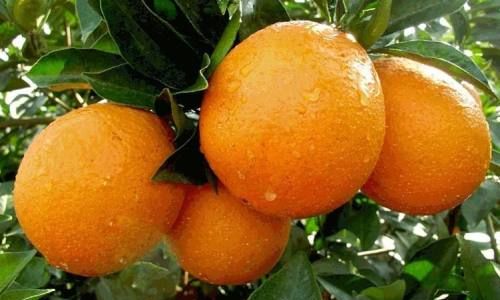
Key Factors Influencing Storage Temperature Requirements
-
Cultivar and Maturity:
Orange cultivars exhibit distinct physiological traits. Thin-skinned varieties, such as Clementines, may require slightly higher temperatures (6–8°C) to prevent skin pitting and dehydration, while thick-skinned types like Washington Navel oranges can withstand cooler conditions (4–6°C). Maturity also plays a role: fully ripe oranges are more susceptible to chilling injury than slightly underripe fruit. -
Post-Harvest Treatments:
Pre-storage treatments, such as waxing or fungicide applications, can enhance shelf life but may alter temperature sensitivity. For instance, wax-coated oranges retain moisture better, allowing for slightly lower temperatures without risking desiccation. -
Storage Duration:
Short-term storage (1–2 weeks) for household use may tolerate room temperature (10–15°C), provided humidity is controlled. For commercial purposes aiming for 4–8 weeks of shelf life, refrigeration is essential. -
Relative Humidity:
Temperature and humidity are interdependent. Even at optimal temperatures, low humidity (below 85%) accelerates moisture loss, causing shriveling. Maintaining 90–95% humidity in storage environments mitigates dehydration, particularly in refrigerated settings where air tends to be drier.
Best Practices for Orange Storage
-
Refrigeration:

- Temperature Control: Store oranges at 4–8°C. Use a refrigerator thermometer to ensure consistency, as fluctuations can exacerbate deterioration.
- Humidity Management: Place oranges in perforated plastic bags or breathable containers to trap moisture while allowing airflow. Avoid sealed containers, which can create condensation and promote mold.
- Ethylene Sensitivity: Oranges are moderately sensitive to ethylene, a ripening hormone emitted by fruits like apples and bananas. Store oranges away from ethylene-producing produce to prevent premature aging.
-
Controlled Atmosphere (CA) Storage:
Advanced commercial facilities use CA storage, where oxygen levels are reduced (to 3–5%) and carbon dioxide levels increased (to 2–3%). This technique, combined with temperatures of 4–6°C, can extend shelf life by 2–3 months by further suppressing respiration and microbial growth. -
Home Storage Tips:
- Countertop Storage: If consumed within a week, keep oranges in a cool, well-ventilated area (10–15°C) away from direct sunlight.
- Avoid the Crisper Drawer: Refrigerator crisper drawers often have lower humidity, increasing dehydration risk. Opt for the main compartment with moderate humidity.
- Check Regularly: Remove damaged oranges promptly to prevent mold spread.
Common Mistakes to Avoid
-
Overcooling:
Temperatures below 4°C risk chilling injury, manifesting as skin discoloration, pitting, and mealy texture. Avoid storing oranges near freezer compartments or in unheated garages during winter. -
Ignoring Humidity:
Low humidity causes weight loss and texture degradation. Use humidifiers in dry climates or place a damp cloth near stored oranges. -
Mixing with Strong-Smelling Foods:
Oranges absorb odors easily. Store them away from onions, garlic, or pungent cheeses.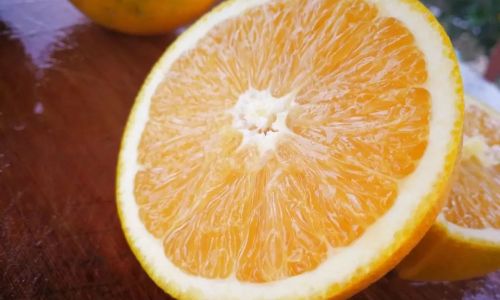
-
Washing Before Storage:
Moisture from washing promotes microbial growth. Clean oranges just before consumption.
The Impact of Temperature on Nutritional Value
Proper storage temperature not only preserves flavor but also retains nutrients. Vitamin C, a heat-sensitive antioxidant, degrades faster at elevated temperatures. A 2021 study found that oranges stored at 5°C retained 90% of their ascorbic acid content after 4 weeks, compared to 65% at 15°C. Similarly, carotenoids, responsible for the fruit’s vibrant color, remain more stable under refrigeration.
Global Perspectives on Orange Storage
Major orange-producing regions employ temperature-controlled supply chains to minimize waste. In Florida, USA, oranges are harvested, cooled to 5°C within hours, and transported in refrigerated trucks to processing plants. In Brazil, the world’s largest orange juice exporter, juice oranges are stored at 6°C in specialized facilities to maintain acidity and brix levels before pressing.
Smallholder farmers in Africa and Asia often lack refrigeration, relying on traditional methods like clay pots buried underground to maintain cooler temperatures (10–12°C). While less precise than modern systems, these techniques demonstrate the timeless value of temperature management.
Innovations in Orange Storage Technology
Recent advancements focus on sustainable, cost-effective solutions:
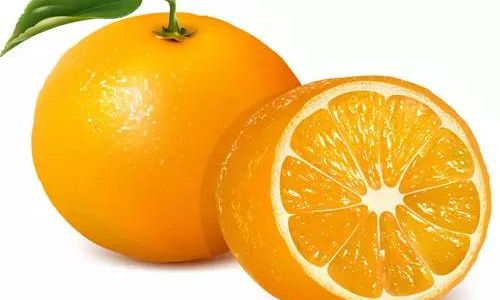
- Phase Change Materials (PCMs): Packaging lined with PCMs absorbs excess heat, maintaining stable temperatures during transit.
- Smart Sensors: IoT-enabled devices monitor real-time temperature and humidity, alerting growers to deviations via mobile apps.
- Edible Coatings: Chitosan-based coatings applied post-harvest reduce respiration rates, allowing storage at slightly higher temperatures without compromising quality.
Conclusion: The Role of Temperature in Sustainability
Optimizing orange storage temperature is not merely a quality concern but a sustainability imperative. The United Nations estimates that 14% of harvested oranges are lost annually due to improper storage, equating to millions of tons of waste and avoidable greenhouse gas emissions. By adopting temperature-controlled practices, from farm to fork, the industry can reduce food loss, conserve resources, and enhance food security.
For consumers, understanding the nuances of orange storage—whether refrigerating for longevity or enjoying the fleeting sweetness of a room-temperature fruit—empowers mindful consumption. As climate change challenges traditional growing seasons, mastering temperature management will remain a cornerstone of preserving this citrus jewel for generations to come.
In summary, the journey of an orange from tree to table hinges on a delicate balance of cold and care. By respecting its thermal limits, we honor the labor of growers, the integrity of the fruit, and the planet’s resources.


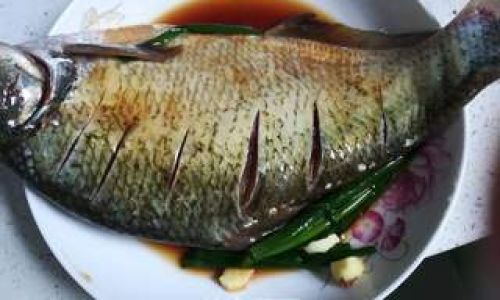
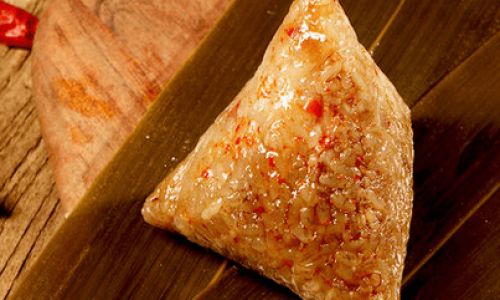
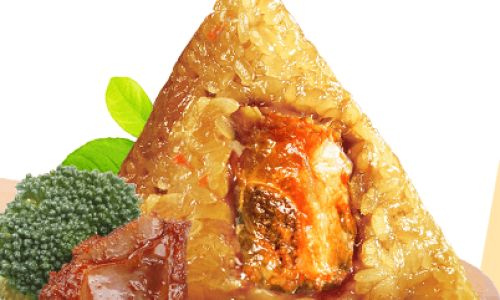
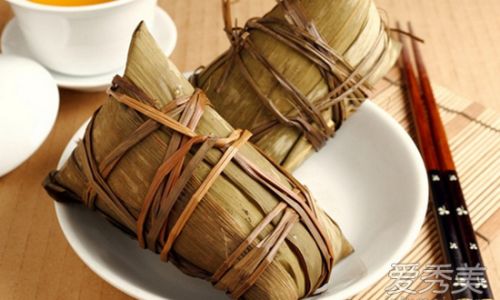
0 comments